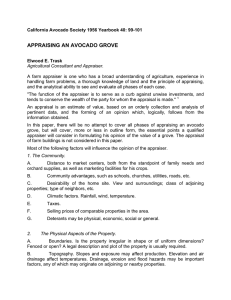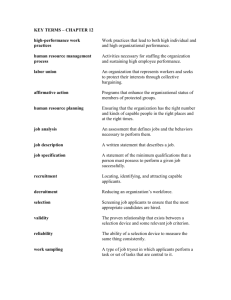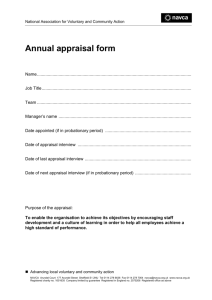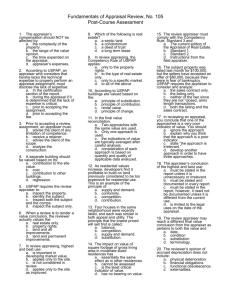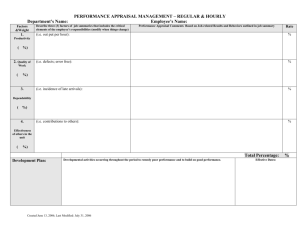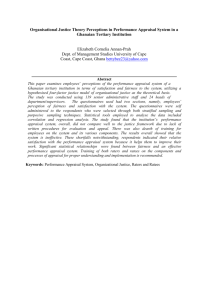Should an Appraisal Report Contain an Economic and/or Industry
advertisement
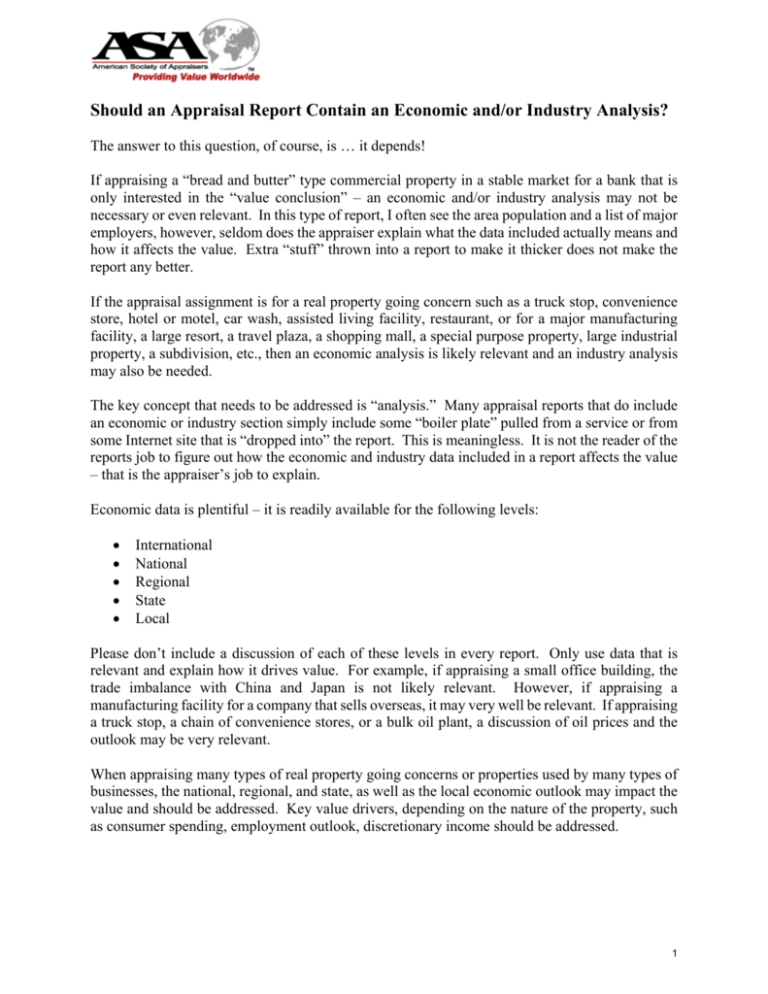
Should an Appraisal Report Contain an Economic and/or Industry Analysis? The answer to this question, of course, is … it depends! If appraising a “bread and butter” type commercial property in a stable market for a bank that is only interested in the “value conclusion” – an economic and/or industry analysis may not be necessary or even relevant. In this type of report, I often see the area population and a list of major employers, however, seldom does the appraiser explain what the data included actually means and how it affects the value. Extra “stuff” thrown into a report to make it thicker does not make the report any better. If the appraisal assignment is for a real property going concern such as a truck stop, convenience store, hotel or motel, car wash, assisted living facility, restaurant, or for a major manufacturing facility, a large resort, a travel plaza, a shopping mall, a special purpose property, large industrial property, a subdivision, etc., then an economic analysis is likely relevant and an industry analysis may also be needed. The key concept that needs to be addressed is “analysis.” Many appraisal reports that do include an economic or industry section simply include some “boiler plate” pulled from a service or from some Internet site that is “dropped into” the report. This is meaningless. It is not the reader of the reports job to figure out how the economic and industry data included in a report affects the value – that is the appraiser’s job to explain. Economic data is plentiful – it is readily available for the following levels: International National Regional State Local Please don’t include a discussion of each of these levels in every report. Only use data that is relevant and explain how it drives value. For example, if appraising a small office building, the trade imbalance with China and Japan is not likely relevant. However, if appraising a manufacturing facility for a company that sells overseas, it may very well be relevant. If appraising a truck stop, a chain of convenience stores, or a bulk oil plant, a discussion of oil prices and the outlook may be very relevant. When appraising many types of real property going concerns or properties used by many types of businesses, the national, regional, and state, as well as the local economic outlook may impact the value and should be addressed. Key value drivers, depending on the nature of the property, such as consumer spending, employment outlook, discretionary income should be addressed. 1 Likewise, many real property appraisal assignments are of properties in a specific industry and as such require an industry analysis section to explain how various industry factors affect the value of the property. For example, when valuing a car wash, demand is driven by new car sales, growth in consumer income, and gas prices. Other specific factors include such things as local municipality rules regarding release of contaminated water into storm drains, water shortages that may affect consumer’s ability to wash their own cars, and new energy and water efficient equipment. When valuing a restaurant building, the industry data for restaurants should be examined an explained. Even though the building may be covered by a long-term lease, the lease is only as good as the restaurant operator. If the restaurant fails, the lease will not likely be paid. Restaurants are highly dependent on such things as demographics, consumer tastes, and personal income. Trends and changes in the industry may affect the value of the property and they should be explained. If valuing an assisted living facility, an explanation of the Affordable Care Act and its impact on Medicare reimbursement rates is important. The results of the economic analysis and industry analysis directly impact all three typical approaches to value. It affects either the development of the income forecast whether you do a one-year reconstructed operating statement or a multi-year discounted cash flow model or the selection of the capitalization/discount rate; the multiples used in the market approach; and whether or not any external obsolescence exists in the cost approach. The relevance and importance of an economic and industry analysis varies from appraisal to appraisal. The appraiser should always consider the impact of the economy and the industry on the property value, include relevant data, and explain how it affects the value. About the Author Paul R. Hyde, EA, MCBA, ASA, MAI appraises business entities, real property, and machinery & equipment. He can be reached at prh@hydevaluations.com. 2
